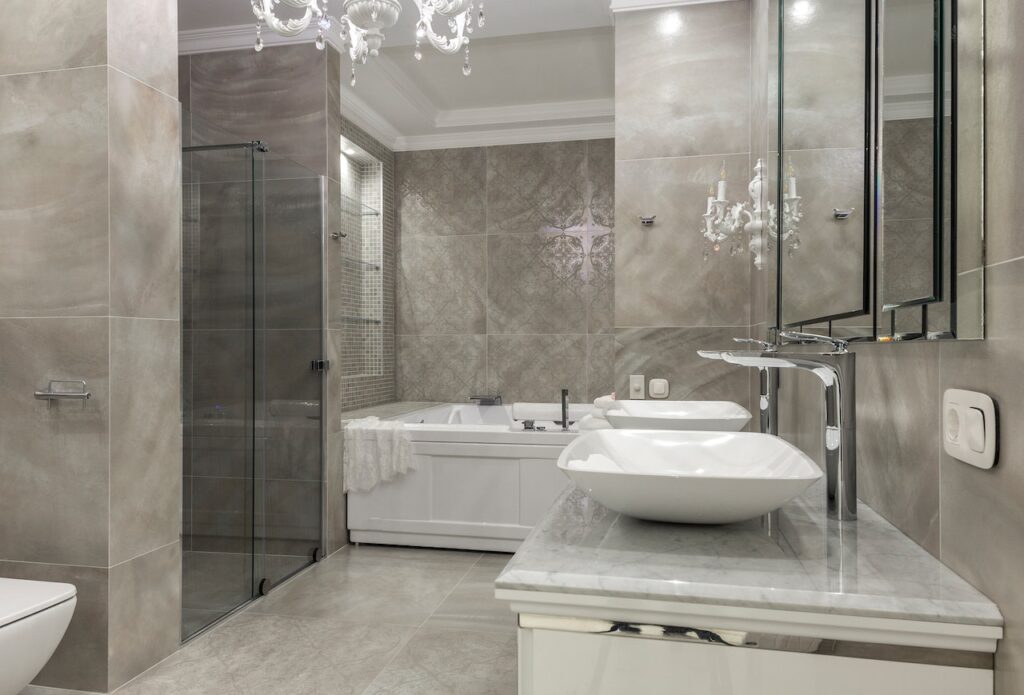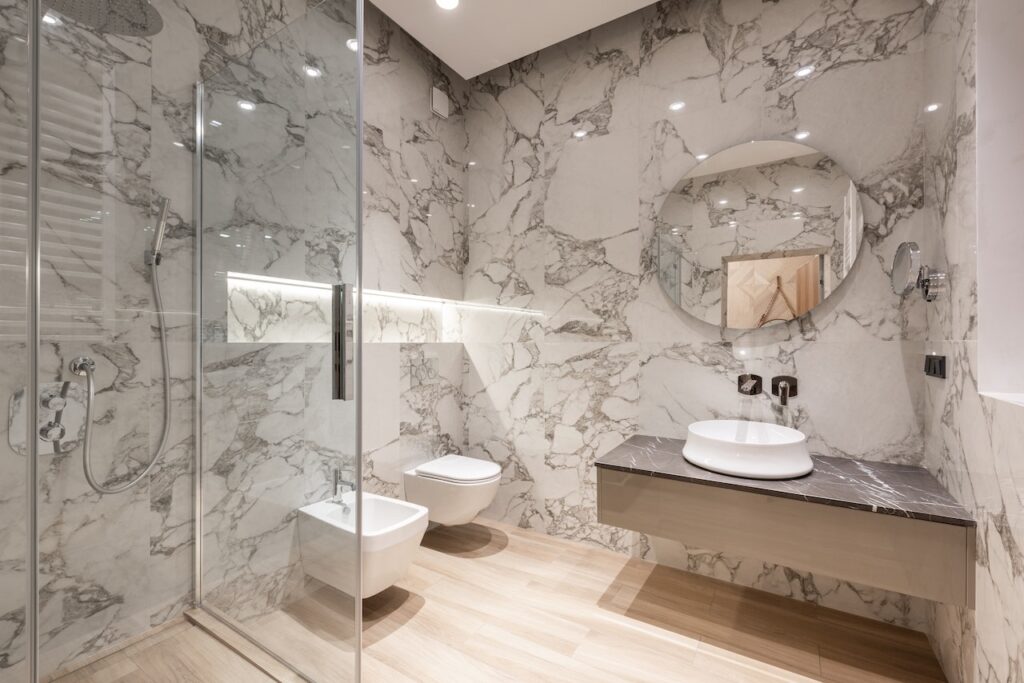
In-ward swinging bathroom doors are usually not convenient for persons with disabilities. Disabled persons often find using the bathroom a difficult task even though it seems simple.
The American With Disabilities Act took cognizance of the issues that persons with disabilities have and made a guideline for all public buildings and toilets to ensure they have special consideration for those with physical issues.

Apart from public buildings and toilets, you can use the same ADA guidelines in your home to help family members or relatives have easy access to the bathroom. In-ward swinging bathroom doors were considered not convenient for disabled people, however, the new ADA guideline supports in-ward swinging bathroom doors.
ADA guidelines are not permanent and can therefore be changed; the ADA guidelines for bathrooms was changed in 2010 and this current guideline allows bathroom door to swing inward and not into the hallway. This is so that when a disabled person enters the bathroom, they can easily close the door and go about their business. Also, it allows for clear floor space for people in wheelchairs to maneuver their way around the bathroom.
Other ADA restroom door requirements include ensuring the door knobs are easy to open. The pressure required to open an ADA bathroom door shouldn’t be more than 5 pounds. Also, the width of the door shouldn’t be more than 32 inches and the door handle should make easy and convenient to grasp.
Apart from the door being an ADA bathroom door, all bathroom doors should swing in. It doesn’t matter if the bathroom is public or private. An in-swing door has a great advantage, especially for persons with disabilities.
ADA bathroom doors shouldn’t swing out except if there’s an exclusive reason why it should- and if it does then it doesn’t make such doors ADA-compliant.
So when building a new house or building, considerations should be made for an in-swing door. There should be enough area in the bathroom to accommodate an in-swing door. Swinging the door into the hallway makes it inconvenient for people with disabilities to close it after they enter the bathroom. Also, it can lead to injury or accident for anyone walking in the hallway when the door is opened from the inside. Swinging the door into the hallway is a bad idea, especially for ADA-compliant bathrooms.

Bathrooms are a special room in the house hence they must be made to improve convenience and comfort. When the doors are built to swing inward, you don’t have to worry about the door bumping into someone in the hallway. Plus, an in-swing door can be easily accessible both by persons with or without disabilities.
At All Things Inspector, we specialize in making bathrooms ADA complaints. We help our clients build a standard bathroom that checks all ADA guidelines. With our years of experience, we can offer quality services that exceed your expectations.

As a business owner, you have a responsibility to ensure that your business complies with the Americans with Disabilities Act(ADA). Not only is it a

When making renovations, there are many things you need to consider, from the structure to the aesthetics of the building. However, one major aspect that